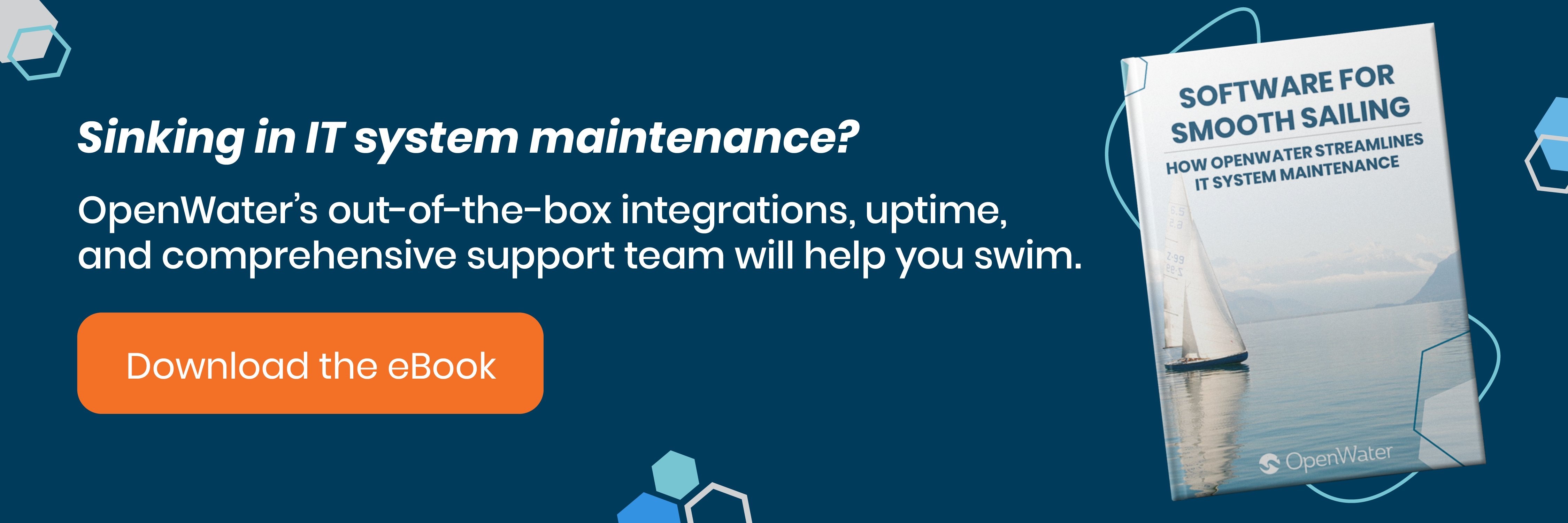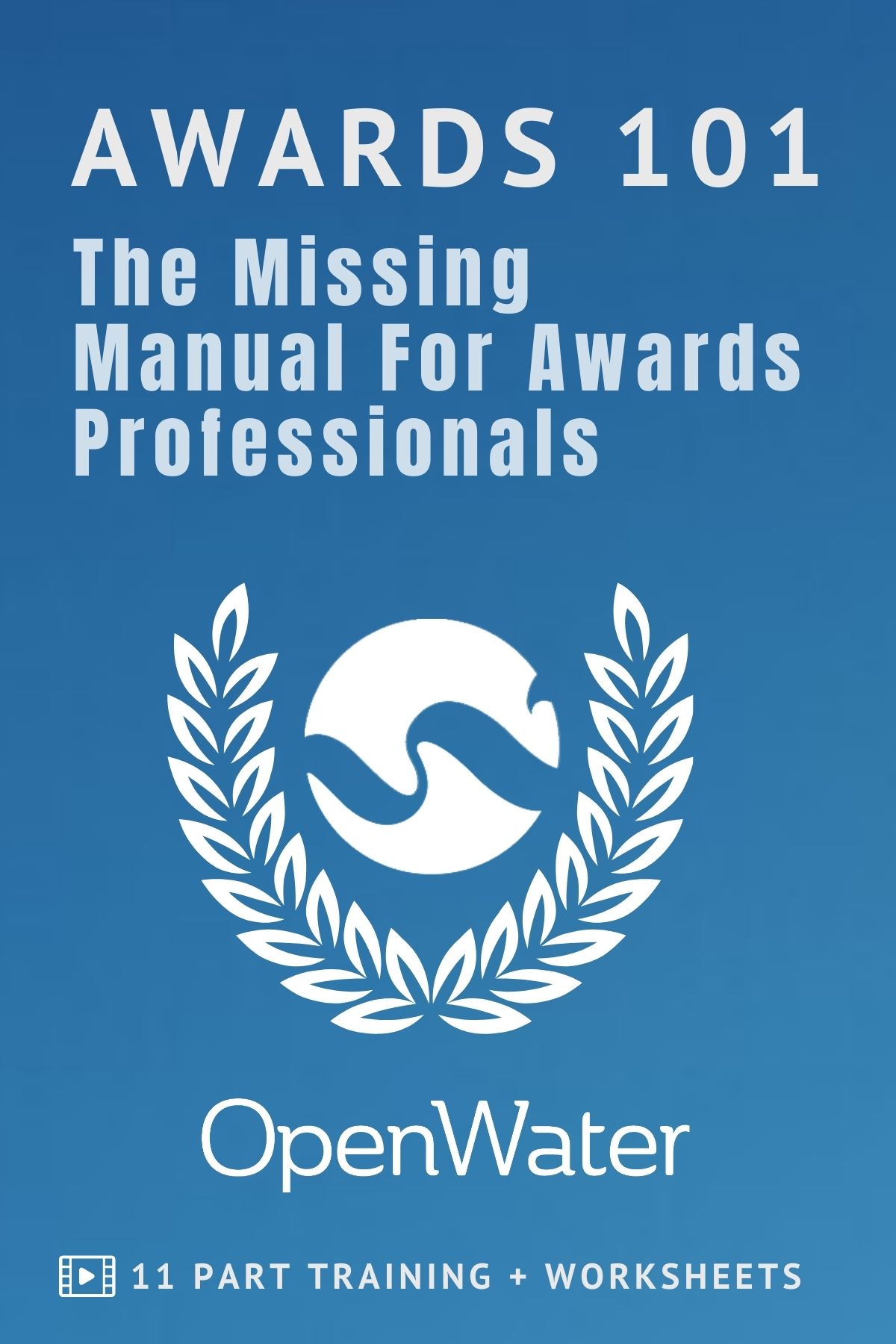
Zero to Hero: IT Management Solutions That Save the Day
“And the meek shall inherit the earth,” Geddy Lee croons at the outset of Rush’s epic concept album, 2112. The 20-minute rock symphony (in seven glorious movements) explores a future galaxy governed by the logic-minded Priests of Syrinx, who rule from techno-temples where “our great computers fill the hallowed halls.”
In a strange way, it’s prescient. The meek-mannered geeks of the Breakfast Club era have indeed blossomed from lunch table zeroes into today’s cultural heroes and icons. Steve Jobs, Mark Zuckerberg, Bill Gates, Elon Musk…they’re the modern rock gods that have inherited the throne from Rush and their ilk.
- Geeks are large and in charge, boasting higher incomes from those sterling GPAs.
- Bands now sing autobiographical anthems like “The Geeks Will Inherit The Earth.”
- Authors like Mark Roeder write treatises on geekdom as the next stage in human evolution.
Yes, “tech hero culture” is finally in full force.
This has carried over into the information technology world, where IT Directors and their teams love a hero. Nearly every IT department has had one. They may even regale one another over lunch with fond tales of their hero’s past exploits. These are the miracle-workers who leap into action at the first sign of a catastrophic failure and put the business on their backs as they ferry everyone back to safety.
But one critical piece of this cultural puzzle is often left unquestioned:
“No one asks why heroics were necessary in the first place.”
— OpenWater, just now
Everyone wants to be a hero. But the real IT heroes generally go unrecognized—they’re the ones who implement reliable, consistent processes and manage their teams to success without stumbling into crisis after crisis. Hero culture belies what we really want from IT: consistency, not crisis and miraculous resolution.
Here are the IT management solutions you can use to save the day—before everything is at risk.
Table of Contents:
- What Mindset Creates a Truly Heroic IT Culture?
- Which IT Management Solutions Achieve Heroic Consistency?
- What About When a Crisis Does Happen?
What Mindset Creates a Truly Heroic IT Culture?
IT management is a tough space to work in. There is a smorgasbord of contributing factors to the fire and brimstone, including these:
- It’s almost impossibly complex. If Moore’s Law is anywhere close to the mark, one might infer that complexity doubles on a two-year looping cycle. Managing a department where the very foundation of how it’s supposed to work is in near-constant flux is daunting.
- The old and new school constantly overlap. It’s hard enough to keep up with the rapid-fire upgrade cycles and cyclical implementation/training process (“What do you mean obsolete? We just finished installation!”). To make matters worse, new tech often needs to interface with a portfolio of inadequate legacy systems.
- Security is mission-critical. Agility and efficiency are demanded, even in this complicated balancing act—but one slip can sink an organization. How do you stay a step ahead of the latest cyber threats amid the information deluge of Big Data?
A hero-mindset of the “rapid damage control” variety may seem inevitable, but it’s counterproductive. Instead, the truly heroic IT professionals are preventative, cautious, and deliberate in their approach. There are no quick fixes. The heart of the issue is in the overall approach to managing information technology.
The 4 Pillars of Successful IT Management Philosophy:
- Anticipate “Technical Debt.” Legacy systems and outmoded processes are tripwires that you’ve got to cross over again and again (and again). Every time you do—without removing them—you’re allowing more to spring up until there’s nowhere to walk without tripping. Instead, refuse to tolerate issues as they pop up. Make a concerted effort to continually remove technical debt so that you don’t end up with over-complex configurations, esoteric errors, inaccurate records, and more.
- A Trampoline For Every Window. Think about the old cartoon firefighter cliche—a springy trampoline under the window of the burning building. Now think ahead to every possible source of failure and implement automated, “antifragile” recovery solutions that bounce you back quickly. Jumping out of the building isn’t your biggest issue; things will go wrong. It’s how fast you can get back up that determines IT management success. Don’t count on the arrival of a spontaneous superhero.
- Value Human Redundancy. Consistent uptime comes from redundancy. When you eliminate single points of failure (by sharing traffic loads between redundant servers, for instance), you prevent gaps in service. Do the same with your team! No organization can depend upon a single person in the case of failure. Cross-team collaboration and deliberate spreading of expert knowledge between parties will reduce your dependence on that solo hero.
- Recognize the Unsung Heroes. Remember, real heroes don’t create their own problems, then scramble to solve them. The truly heroic IT wizards are rarely recognized because they create carefully planned solutions that don’t break. Make sure to encourage the mindset and behaviors you actually want, rather than recognizing “heroes” for picking up their own messes. Measure and reward quiet efficiency.
Which IT Management Solutions Achieve Heroic Consistency?
Divide Your Eggs Into Multiple Baskets
IT departments expend tremendous energy trying to reach additional nines of system uptime and availability. Your “class of nines” sets the bar for your consistency in SLAs. To live up to these standards (or exceed them), IT systems must distribute risk. You can:
- Segment system responsibilities between integrated microservices (when one goes down, it doesn’t take everything else with it)
- Maintain backups or clones of critical data (so it’s accessible if the primary/master goes down)
- Spread servers across multiple geographic areas (so mother nature can’t shut you down in one fell swoop)
All of these IT management solutions are about preventing complete outages at a bottleneck, either by compensating with capacity elsewhere (passive redundancy) or swapping to parallel systems for totally seamless service during a failure (active redundancy).
Cloud technology is a perfect example of this. Virtual cloud servers combine computing power from around the globe, so that they’re everywhere, all the time, always working. SaaS platforms have skyrocketed in popularity, in part due to the cloud’s reliability.
Keep “Interoperability” at the Top of Your Wish List
As IT’s product portfolio continues to balloon in size and scope, it becomes ever more critical that systems communicate effectively with one another. This is best with out-of-the-box APIs for every possible software relationship within your organization. Many software companies are now promoting their suite of integrations (mainstream and custom alike) as a primary selling point.
You’ll cut down on failures from jury-rigged, in-house solutions if you only shop for applications and systems that are built for compatibility (on open standards). Open system frameworks play well with others, whereas proprietary architecture limits your options and creates hurdles or bottlenecks. It’s better to spend your time managing ready-made APIs than manually building bridging for data.
Take Preventative Measures With Data Security
Data breaches can have far-reaching ramifications. Even if a hero closes the breach and saves you from further invasion, the damage has already been done. There are a ton of easy ways to protect financial and membership data, but it’s like the old “apple a day” adage. You’ve got to actually eat the apple to benefit. Knowing the rhyme gets you nowhere.
Also, don’t forget that a data leak isn’t the only risk—you could also suffer a catastrophic data loss. Use off-site data storage for disaster recovery in case of a damaging attack or virus.
Unify Your Stack
End-to-end consistency in your workflow will save you some major headaches in the long run. Uniformity won’t be completely possible in most cases since there are so many fundamental softwares and applications in our everyday lives. Sometimes, a one-off software solution can even save the day.
But a consistent stack for your organization’s business niche and core functions goes a long way. For instance, there’s a lower learning curve (and fewer adjustments to the rest of the stack) when you replace an outdated product with a newer version from the same vendor.
The all-in-one technology trend deeply influenced our own design philosophy as we built out the full growth stack for OpenWater.
Control Data Access, Not Devices
IT used to keep user device access under strict surveillance. Need to get your personal laptop on the network? Go talk to IT management. With the pure volume of devices in our lives these days (and the prevalence of cloud platforms that are already accessible both on-and-off the premises), this isn’t practical anymore.
However, the problem remains that personal devices will touch both work-related tasks and everyday casual usage. Users bring their own hardware, OS, applications, and more into the work environment. The solution is to regulate and monitor data access through mobile web apps and secure servers. This way, authorized use is permitted, but no data is stored on disparate, unsecured devices.
What About When a Crisis Does Happen?
You may be familiar with the saying, “whatever can go wrong, will go wrong” (or one of the other variations of Murphy’s Law). No matter how many savvy IT management solutions you implement, there will come a time when the red lights start flashing—or the blue screen of death, as it were. Here’s what to do to stay ready for these moments and react effectively:
Invest in Backup Power Supplies
Site-based outages due to natural disasters and extreme weather are inevitable. Be prepared to recover quickly with power generators that can keep your servers running, and uninterruptible power supplies that double as surge protectors. The first time the generators kick on, you’ll be an instant hero without even needing to fix anything.
Spend Time Where It Counts the Most
Whether you’re troubleshooting individual help desk tickets or organization-wide outages, the same principles apply:
- Don’t treat the symptoms. Focus your efforts on understanding and treating the problem.
- Tackle the hardest tasks first. It’s tempting to focus on the quick fixes, but the toughest aspects need your brain at its freshest.
- Gather all the info upfront, in one go. If you start treating the crisis before you’ve finished gathering info, you can make it worse. For IT tickets, a solution could be as simple as including required fields on a versatile web form. For full-on catastrophes, start by pulling and analyzing data on the root of the disaster, and springing from there rather than from instinct.
- Everything Else Can Wait. Crisis management needs to happen in a continuous process, not an inefficient stop-and-go. You can rely on automated solutions to handle routine tasks in the meantime.
Form a Supergroup
You can’t do it alone. Remember, redundancy is just as crucial among personnel as it is in the IT system architecture. All tech heroes need allies and sidekicks to take on the biggest baddies. Enlist champions well in advance of an actual problem, through whom you can delegate tasks, share ticket burdens, or promote a productive mindset from all sides.
It helps to have solidarity with leadership—an executive sponsor is always a good idea for IT initiatives, troubleshooting technology implementation, and PR in the face of a crisis. An ally in each department extends the reach of your message and expertise (and guarantees support when you implement IT management solutions).
Be Level, and Talk Like a Human
If the crisis is significant enough, non-IT people—like executive leadership—will want fast, digestible facts. Keep tech talk to a minimum. Jargon and complexity frustrate listeners and can even look like obfuscation. Use simple analogies and purpose-focused explanations. The end-user impact, expectations for a fix, and resources needed are important. Details on how exactly the technology operates and malfunctions? Not as much.
The IT team will also look to you to set the tone. Remain calm, but urgent, and keep blame entirely out of the conversation for the time being. Your staff can’t focus on a solution if they’re worried about repercussions.
Four C’s that give a good baseline are:
- Calm
- Confident
- Concerned
- Communicative
Stick to these pointers for your broader mindset, preventative actions, and reactive efficiency, and you’ll be a true IT hero.



